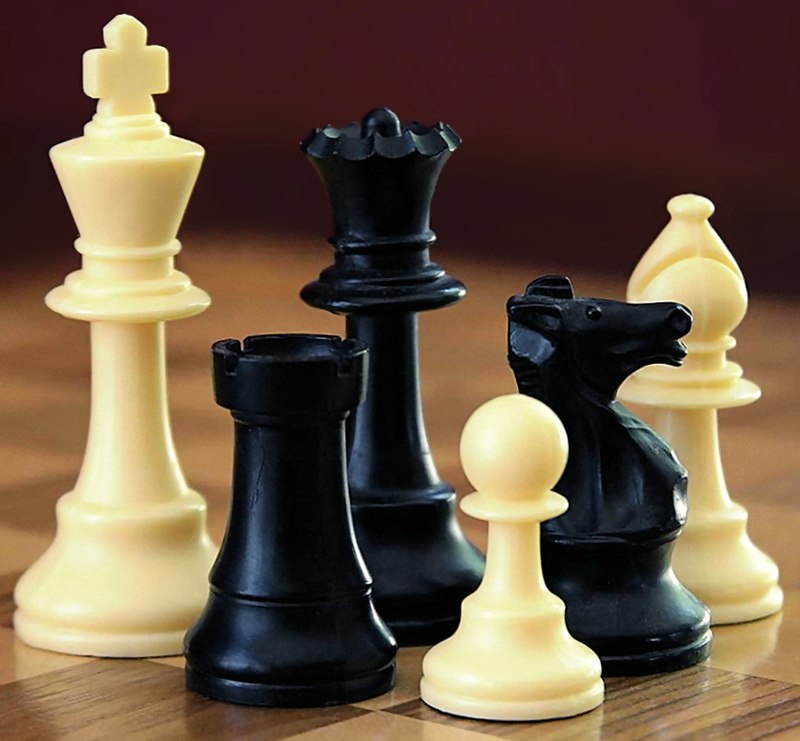
Chess is a game that mixes strategy, creativity, and sheer determination. Whether you’re just learning how the pieces move or you’ve been playing for years, improving your chess game is both thrilling and challenging. If you’ve ever dreamed of leveling up your skills, reaching grandmaster status might seem like a distant goal, but with dedication, it’s entirely achievable. Ready to transform your game? Let’s break down the steps to get you there.
Start with the Basics – Master the Fundamentals
Before you start thinking about advanced strategies, it’s essential to have a firm grasp of the basics. In chess, even the most complex strategies are rooted in simple concepts. Here’s what you need to know:
- Understand Piece Movement – Rooks, bishops, knights, queens, and pawns all have distinct ways they move. If you’re still shaky on how each piece operates, take some time to reinforce that knowledge.
- Learn the Value of Each Piece – Knowing the value of your pieces helps you make better decisions during the game. For instance, a knight and a bishop are generally considered equal in value (both worth 3 points), but their roles can differ greatly depending on the situation.
- Study Common Opening Moves – Famous openings like the Ruy Lopez or the Sicilian Defense provide strong starting positions. Understanding these will help you avoid making early mistakes and set up your middle game for success.
Develop Your Opening Game – Build Strong Foundations
After mastering the basics, your next focus should be on your opening moves. The opening sets the tone for the entire game, so it’s vital to start on the right foot.
Learning a few specific openings that suit your style will make a significant difference. Whether you’re more aggressive or prefer a defensive stance, having a go-to opening is like having a well-rehearsed first move in a dance. You’ll know exactly what to do.
But don’t just memorize openings—understand them. Each opening has a purpose, whether it’s to control the center of the board, develop your pieces, or prepare for an early attack. Try to grasp the reasoning behind each move. When you understand the ‘why’ behind your opening choices, you’ll be able to adapt to your opponent’s responses more effectively.
The Middle Game – Where the Magic Happens
The middle game is where things get really interesting. This phase requires a balance of tactical calculation and long-term planning. Here’s where you’ll start seeing patterns and applying more complex strategies.
- Control the Center – Chess is a battle for control, and the center of the board is the most critical area. A strong hold on the center allows you more mobility and better opportunities for attacks.
- Keep Your King Safe – Don’t forget about your king. Castling is a simple but crucial strategy to protect it early on. Once your king is safe, you’re free to focus on attacking.
- Piece Coordination – The key to a solid middle game is getting your pieces to work together. Rather than moving pieces randomly, think about how they can support each other. Knights, bishops, and rooks work best when they’re in sync.
Advanced Strategy – Think Like a Grandmaster
Once you’re comfortable with the basics and feel confident in your opening and middle game, it’s time to dive into advanced strategies. This is where the true depth of chess unfolds, and you start thinking several moves ahead.
- Study Tactical Patterns
Tactics are short-term maneuvers like forks, pins, and skewers. Grandmasters are masters of tactics, often spotting combinations that lead to material gain or checkmate in just a few moves. Start recognizing these patterns to sharpen your tactical vision.
- Master the Endgame
The endgame is all about precision. When only a few pieces remain, every move is critical. Learn key endgame concepts like opposition, king and pawn endgames, and how to promote pawns. The endgame can feel like a puzzle—solving it can mean the difference between a win and a draw.
- Analyze Your Games
The best way to improve is by reflecting on your own games. Many online platforms offer analysis tools that highlight mistakes and missed opportunities. Take the time to review both your wins and losses. This self-analysis will help you spot recurring weaknesses in your play and improve them.
Continuous Learning – Stay Hungry
Chess is an endless journey of improvement. Even grandmasters continue learning and refining their skills. The key to progress is to keep challenging yourself.
Solve Chess Puzzles
Chess puzzles are an excellent way to practice tactics in a focused environment. They push you to think critically and spot opportunities you might miss in a full game.
Play Against Stronger Opponents
It’s tempting to play against people of equal skill or weaker, but stepping outside your comfort zone is crucial. Playing stronger opponents forces you to adapt, and you’ll learn faster when you’re pushed to your limits.
Learn from the Masters
There’s a treasure trove of recorded games by grandmasters. Watching how they handle complex positions can give you insights that no book or tutorial can. These games offer a window into the mindset of the best players in the world.
Final Thoughts – Embrace the Challenge
Becoming a grandmaster isn’t just about raw talent—it’s about dedication, passion, and persistence. Every loss is an opportunity to learn, and every win is a step forward. Whether you’re aiming for grandmaster status or simply looking to beat your friends, chess rewards the effort you put into it.
Write and Win: Participate in Creative writing Contest & International Essay Contest and win fabulous prizes.


